
Artificial Intelligence
In a world that is constantly changing, we are strongly committed to AI, offering services and solutions adapted to each challenge we face.
SERVICES
What We Do
We provide our clients with the following services from design to implementation
Computer vision
Implementation of artificial vision applications based on both classical techniques and techniques that use deep learning. Development of systems to solve different types of tasks such as:
- Object detection and tracking.
- Estimation and monitoring of the human pose.
- Acknowledgment of actions.
- Alignment, detection and facial attributes.
- Generation and detection of deep fakes.
- AR solutions based on the detection of human or facial poses.
- Key point detectors.
- Post-production visual effects based on facial detection.
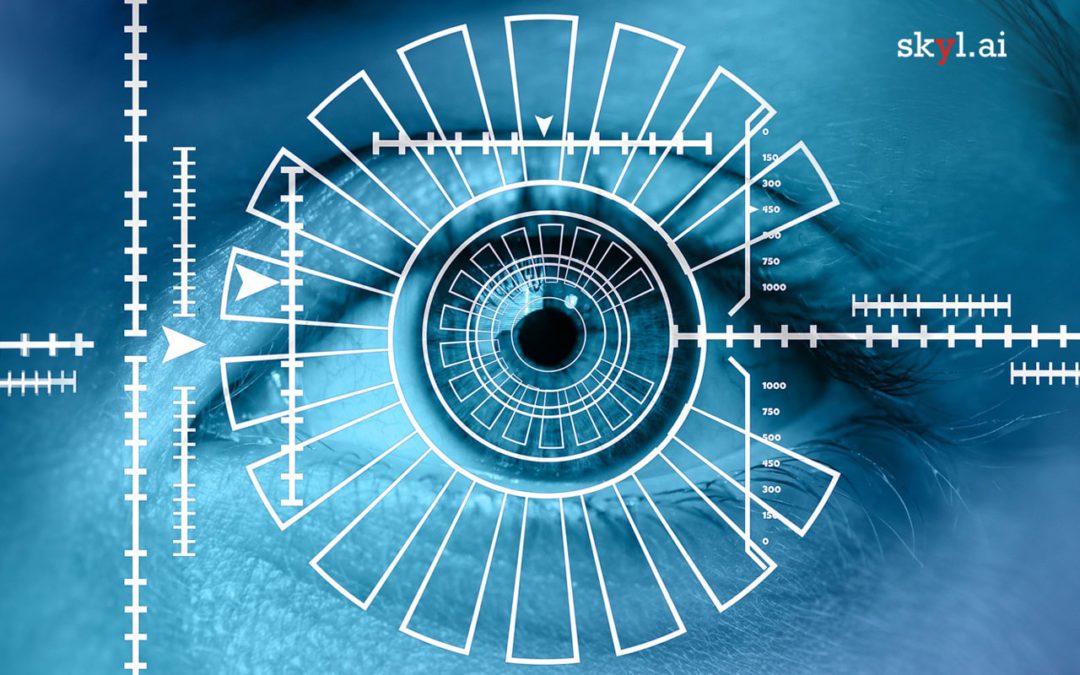
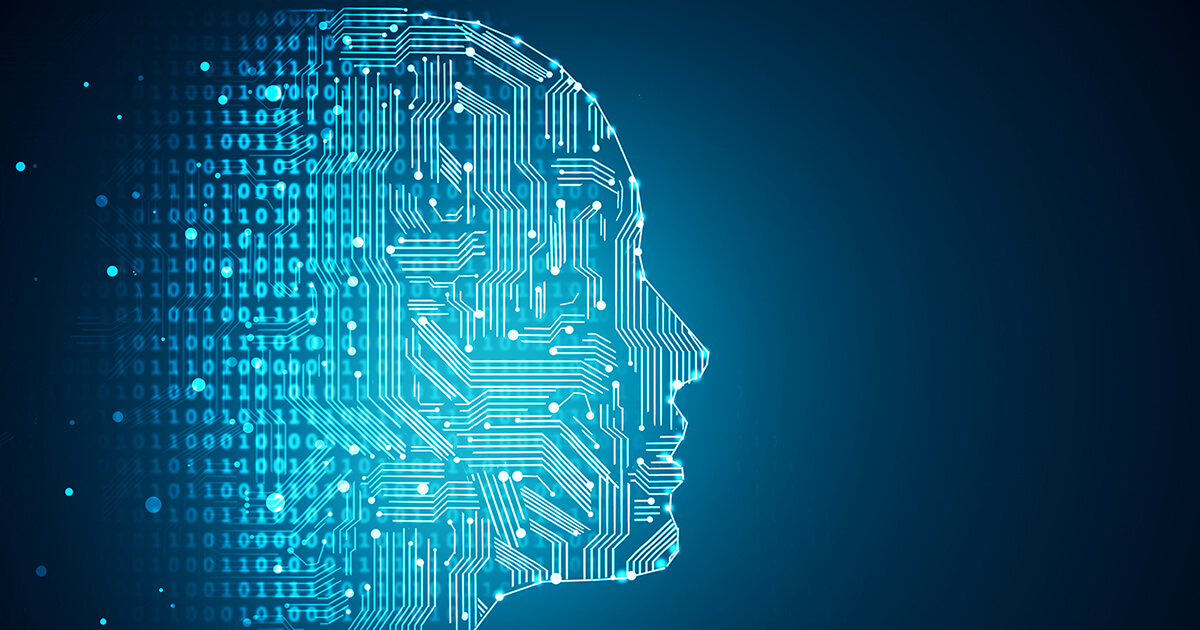
Machine learning
Development of fully adapted and personalized artificial intelligence predictive models and systems to optimize processes, predict trends and behaviors, improve work and economic performance and solve any problem or incident that can be addressed through machine learning.
- NLP (Natural Language Processing).
- Time series analysis.
- Regression analysis.
- Deep learning.
- Unsupervised learning.
- Chatbots.
- Recommendation engines.
Data analytics and big Data
Extraction, processing and analysis of all data sets available to the entity. Data analytics generates knowledge about everything that happens in each department, allowing the best strategy to be chosen for each problem that is detected and optimizing decision-making and operation in each of the areas in which it is carried out.
- Big data consultant.
- Infrastructure and data engineering.
- Data visualization.
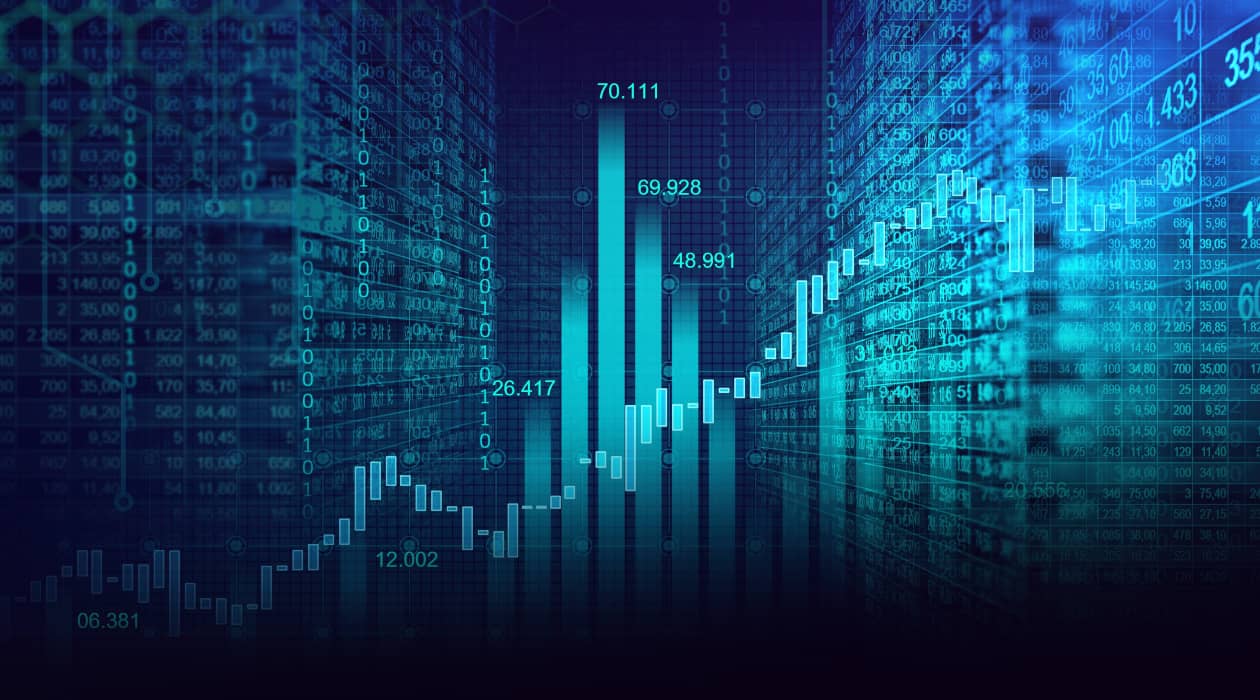
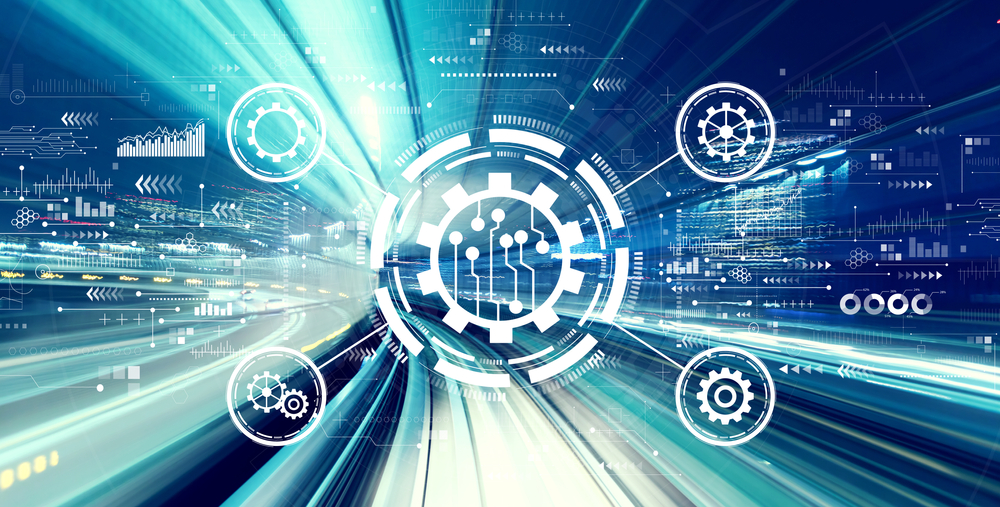
Optimization and deployment
Optimization of models based on deep learning for implementation on mobile or low-performance devices. Model compression and quantization techniques are used with the aim of being able to reduce both the size of the network and the latency during inference without significant reductions in accuracy.
Our solutions involve the following stack of tools:
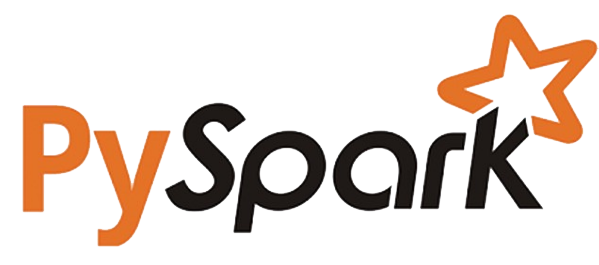




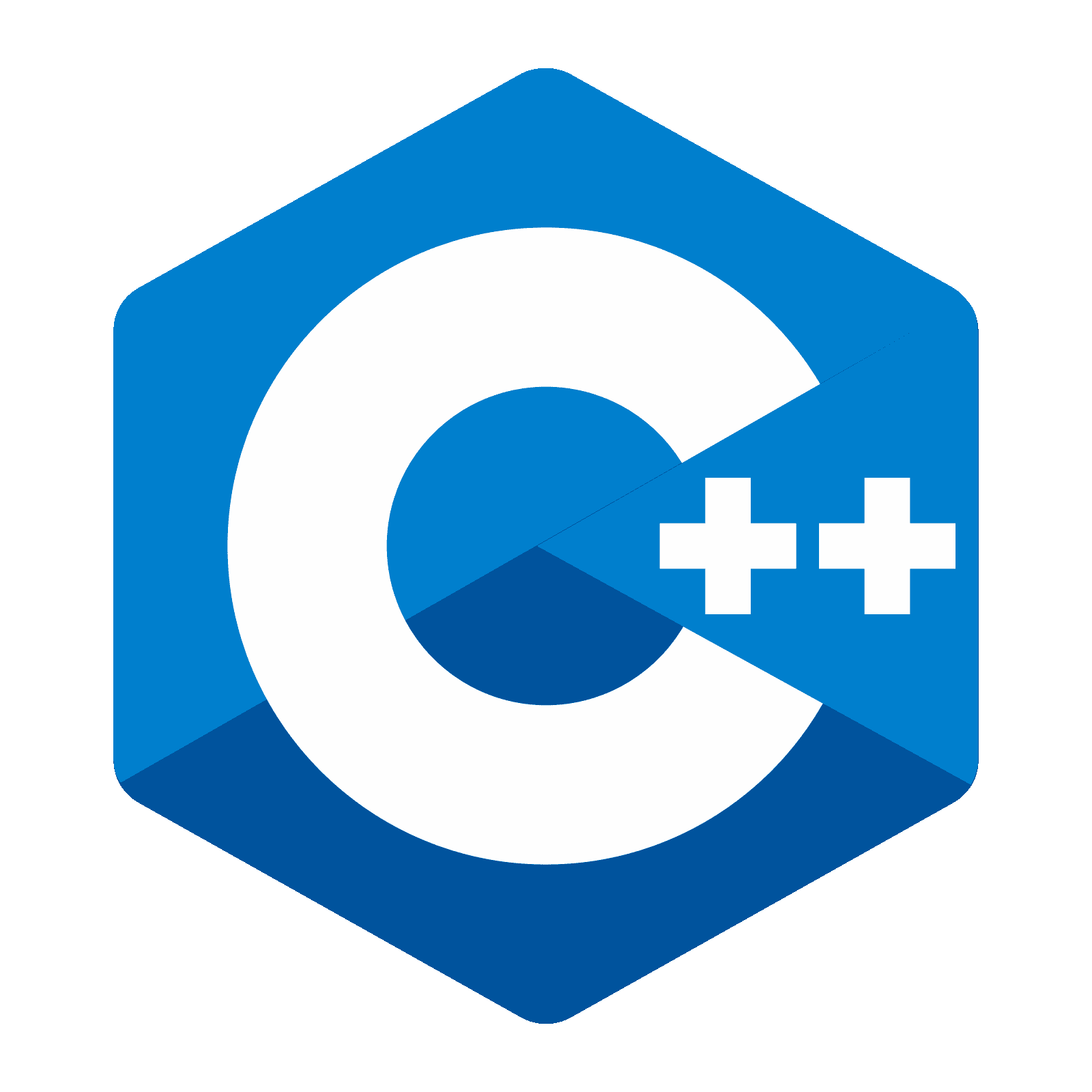



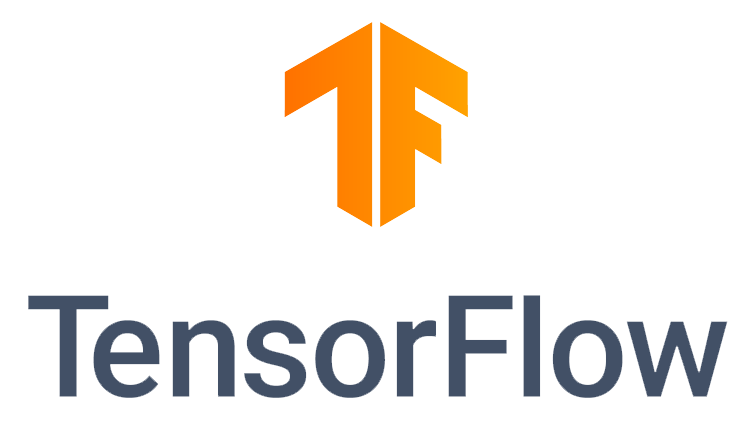


ARTIFICIAL INTELLIGENCE
Projects – Use cases
Computer vision applications for the retail sector
Accenture
We collaborated with Accenture to create many pilots and AI-powered platforms for the retail sector. They came to us expressly to explore if it was possible to create a system that could automatically detect shoplifting events and send an alarm to a distant screen. They also want a system that identifies empty spaces on supermarket shelves and provides alerts to workers to restock the products.
The partnership began with a definition of the most typical ways criminals steal merchandise from supermarkets. Based on it, we began working on the databases that would be used to train and evaluate the models and applications.
The approach presented was based on computer vision and deep learning techniques. The solution’s core consists in employing deep learning models to extract information about objects and important areas on the person’s body from video cameras placed along the shelves. We then used this data from tracking methods and traditional computer vision algorithms to extract temporal information from the items. Finally, all this spatial and temporal data is evaluated by hand-crafted algorithms to detect suspect behavior. The program was placed on an AWS cloud service and made available via an API for consumption by the front-end application, which displayed the camera image and the results of the algorithms.
In addition, to localize those empty spots, we construct an object identification model based on a cutting-edge neural network. We also created the database used to train the model in partnership with Accenture.
Technologies / Tools:















Security applications
Prosegur
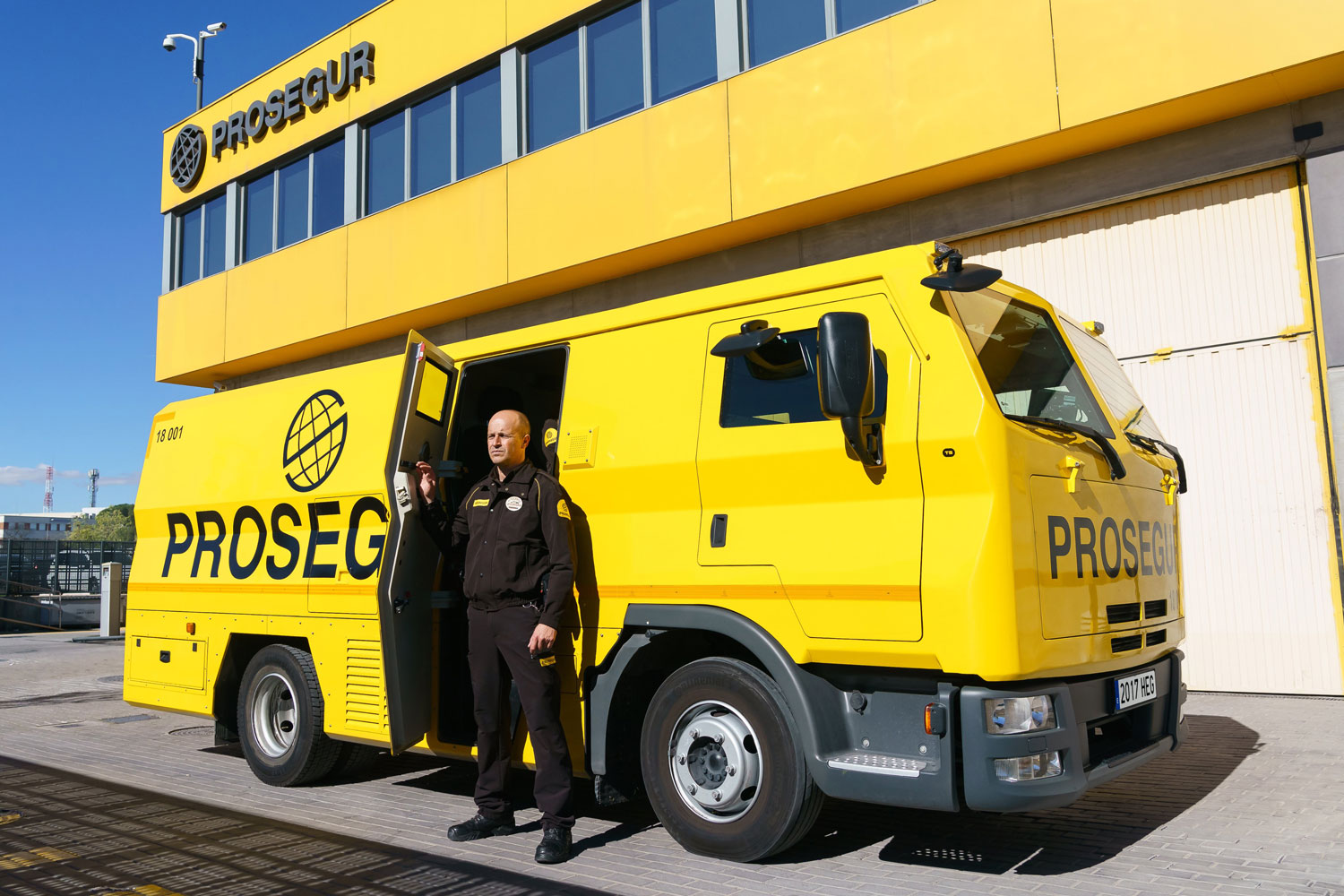
Prosegur is a globally recognized physical security firm with hundreds of cameras installed in both residential and commercial buildings. They intended to create several security AI applications for various use cases that would be used within their headquarters. Tampering, fall detection, zone restriction detection, and other use cases were among those they desired.
We collaborate with them in the development of these applications based on classical and state of the art computer vision algorithms. For some applications like tampering we use classical techniques like optical flow or background subtraction, meanwhile for more complex tasks such as mask detection we take advantage of more recent convolution network models. The models were deployed as edge applications, e.g. they were running on the devices themselves, sending the alerts to its event hub deployed on the cloud.
Technologies / Tools:


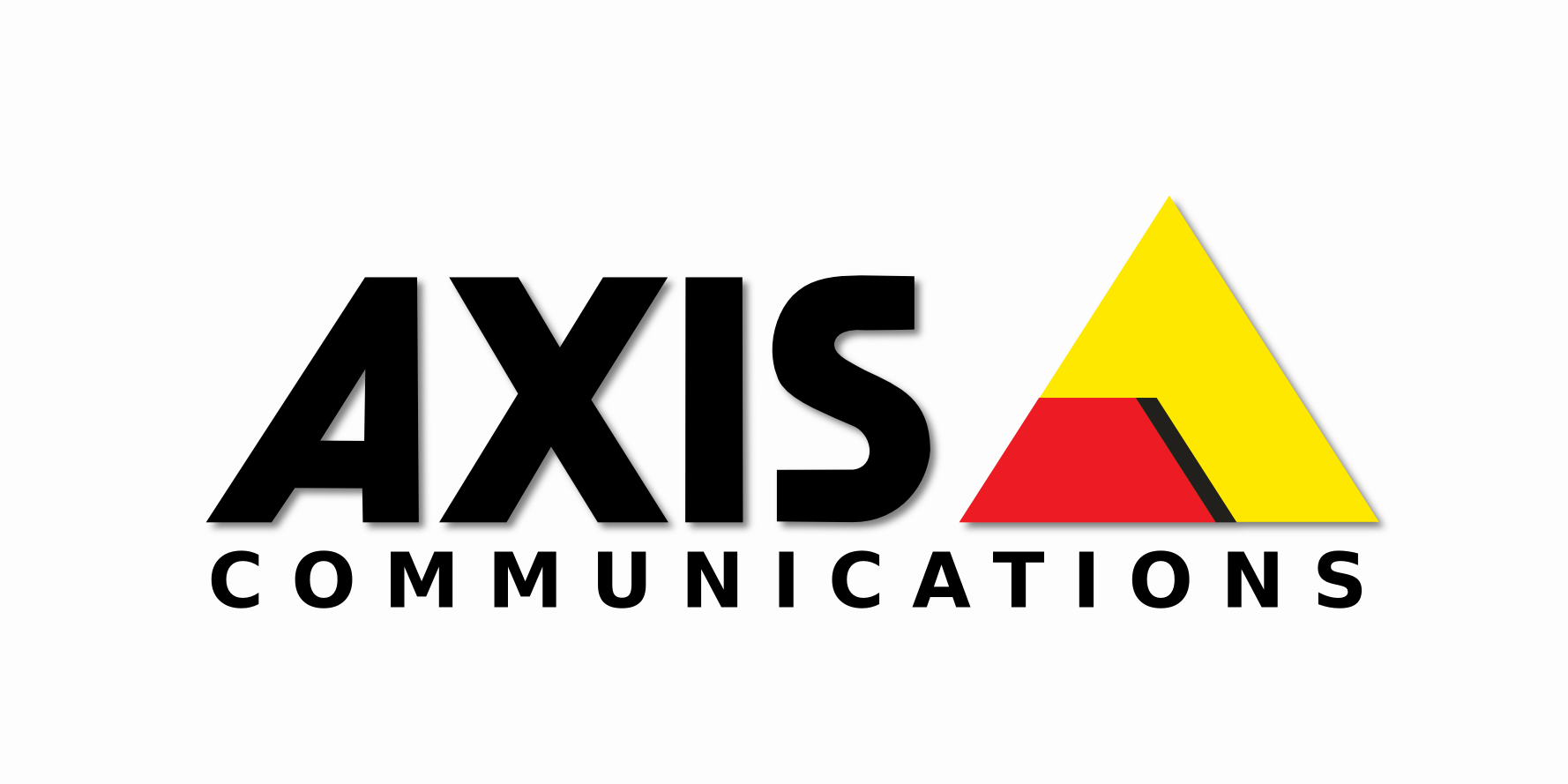












Post-production Special Effects applications (R&D)
ByDeluxe

We worked as external consultants for ByDeluxe Spain providing a set of computer vision and deep learning tools based on state of the art methods to help automatize different post-production techniques like faceswap and facial rejuvenation of actors.
We define with ByDeluxe a set of useful tools, centered in computer vision VX, that will highly speed up the post-production process in a couple of Netflix series that they were working on. The process required to develop and test a wide range of state of the art methods focused in faceswap and facial rejuvenation, establish a train and test pipeline for the selected ones (based on DeepFakesLab) and integrate the solutions in the actual Nuke VX environment. Allowing the graphical designers to use the Deep Learning techniques as internal Nuke modules supported by the company servers infrastructure.
Technologies / Tools:


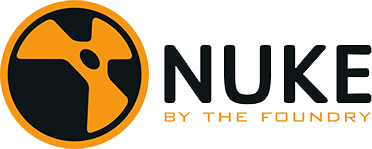












Computer vision R&D solutions focus in facial recognition
UPM and URJC
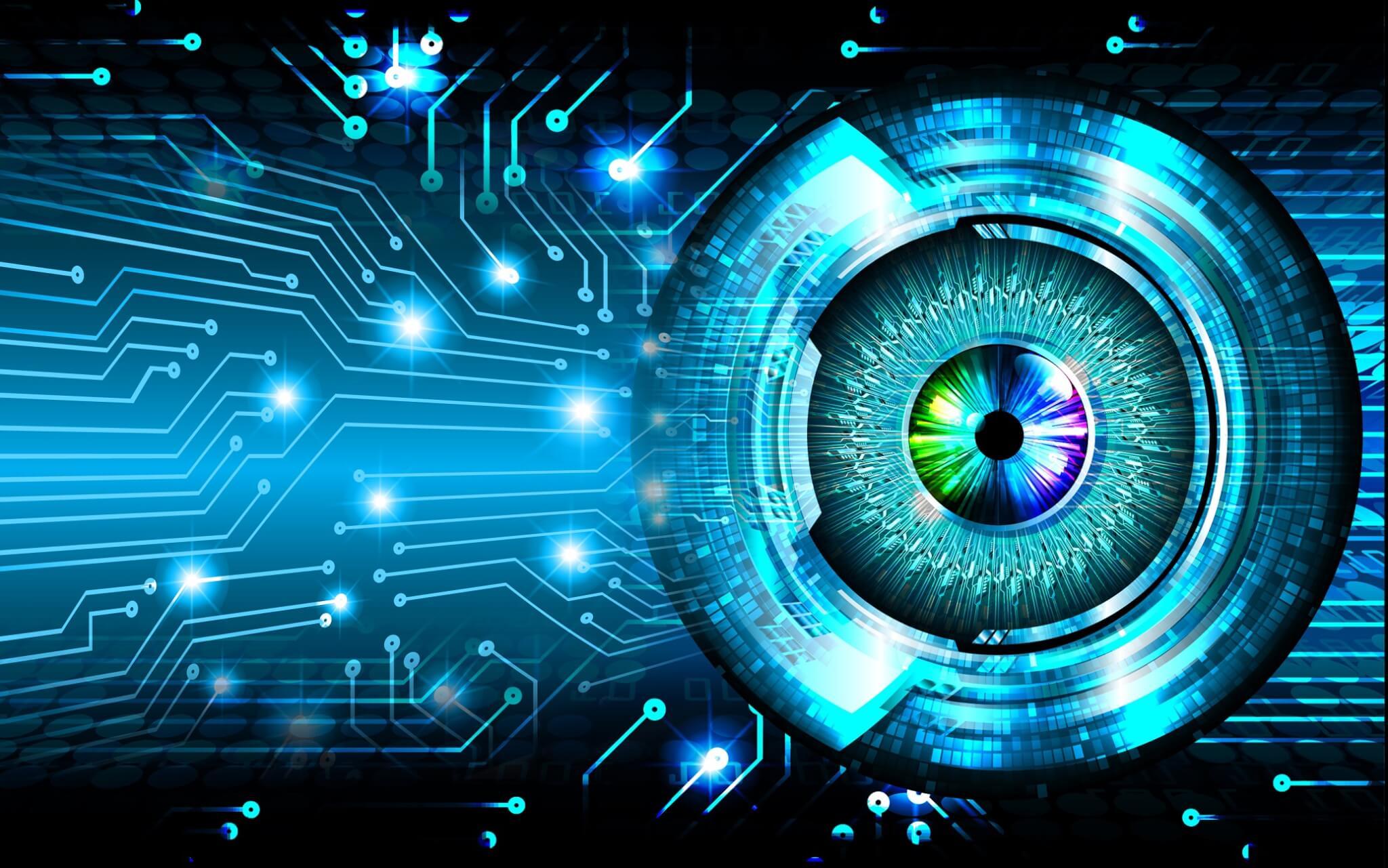
Collaborative research and development of facial landmark and head pose estimation systems with Universidad Politécnica de Madrid and Universidad Rey Juan Carlos. Publishing in some of the most relevant computer vision conferences: ECCV, CVPR and Pattern Recognition, etc.
We define a collaborative workflow with two of the most relevant Spanish universities, providing the researchers useful tools to train the deep learning models, as well as, a deployment pipeline to integrate the research in real time surveillance applications.
Technologies / Tools:















